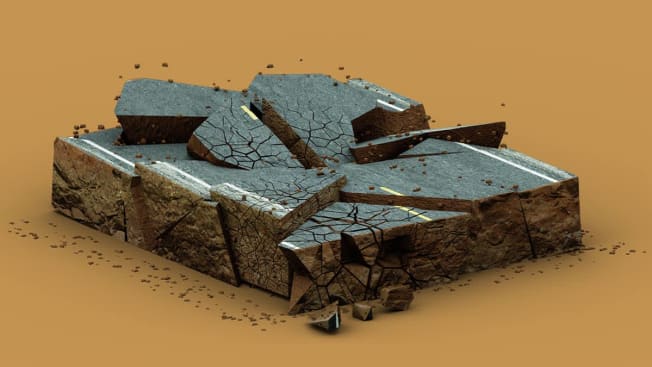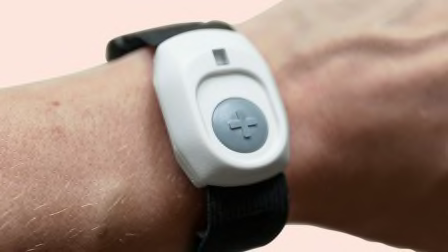How to Prepare for an Earthquake
5 safety basics can protect people and property

The magnitude 4.8 earthquake that recently shook the New York metro area is almost a seismic shrug by West Coast standards. But whether you live in an area that rarely feels big temblors or in a high-risk zone, it’s wise to know the skills and steps that can keep you and your property safe.
For California, Oregon, and Washington residents, it’s a must. For folks who plan to travel to those places, it’s good to know some safety basics, just in case. And for those in other places who just want to make sure their collectibles and pictures don’t fall when a heavy truck lumbers by, it couldn’t hurt.
Consider these five tips a starting point. For more ways to stay safe, check out advice from the Earthquake Country Alliance.
Set Up an Extra Warning
Make sure your smartphone’s Wireless Emergency Alerts are on. If you are in California or Oregon, download one of the free MyShake or QuakeAlertUSA apps, which are designed to deliver alerts seconds before humans feel the ground shake, giving you extra time to shelter. They’re available on Android phones and iPhones. Check CR’s other tips on preparing your electronics for a natural disaster.
Secure Your Stuff
Attach heavy or tall objects to walls with specialized fasteners. (This is useful for protecting children, adults, and pets from tip-overs, even when there’s no earthquake.) Water heaters, which can pose fire hazards or land on people, pets, and other items when dislodged, need special straps to hold them in place.
Install latches on cabinet doors to prevent them from flying open. Place rubberized shelf mats between and under dishes to protect them from falling or breaking during tremors.
Have an Evacuation Plan
Practice earthquake drills; the Great California ShakeOut can explain how. Pack a go bag and keep it near your front door so that it’s easy to grab. If necessary, pack a medical go bag, too.
Drop, Cover, Hold On
When an earthquake hits, get under a sturdy table or bed to avoid falling objects. Hold the legs to help you stay underneath. Don’t run outside. Don’t stand in a doorway; it puts you at risk of injury from falling or flying objects. In bed, cover your head and neck with a pillow. If you’re outdoors, avoid buildings. In a car, pull over and set your parking brake.
Investigate Earthquake Insurance
Earthquakes are not covered by most conventional homeowners policies. In California, check the state’s Earthquake Authority for details.




















